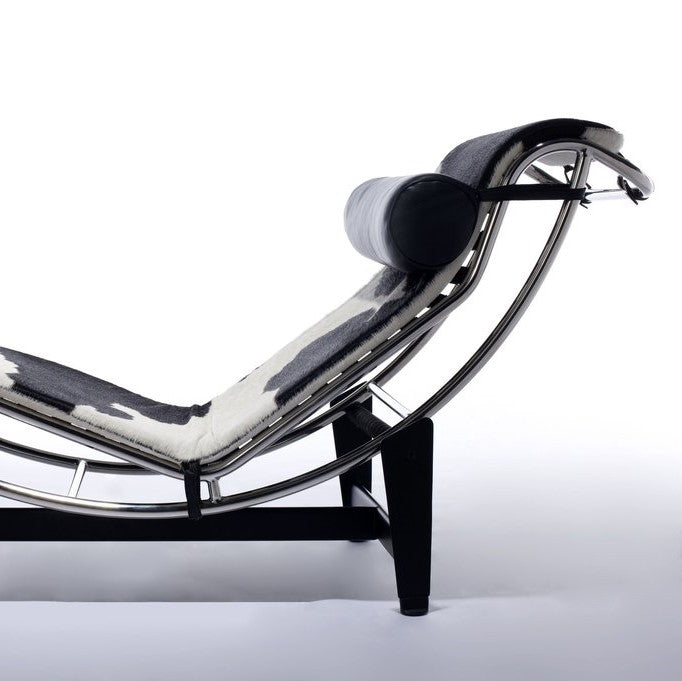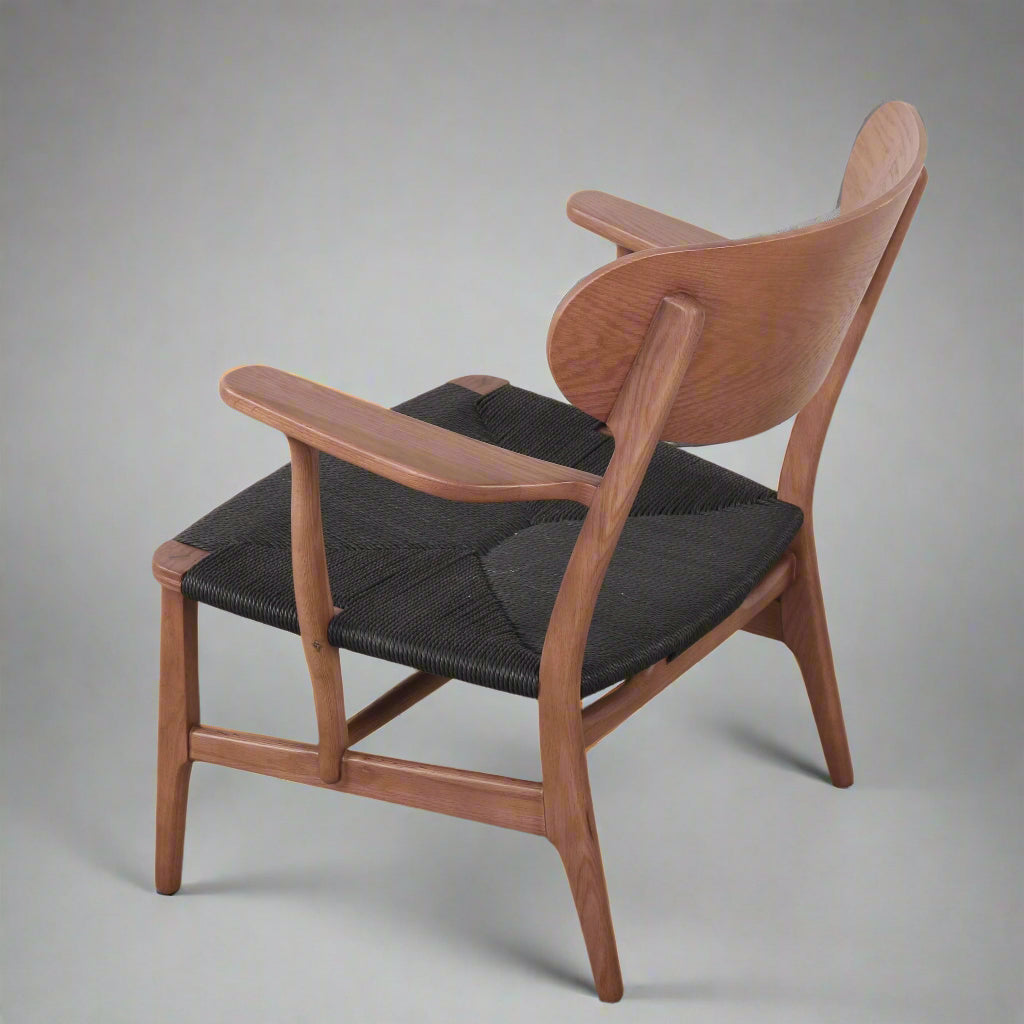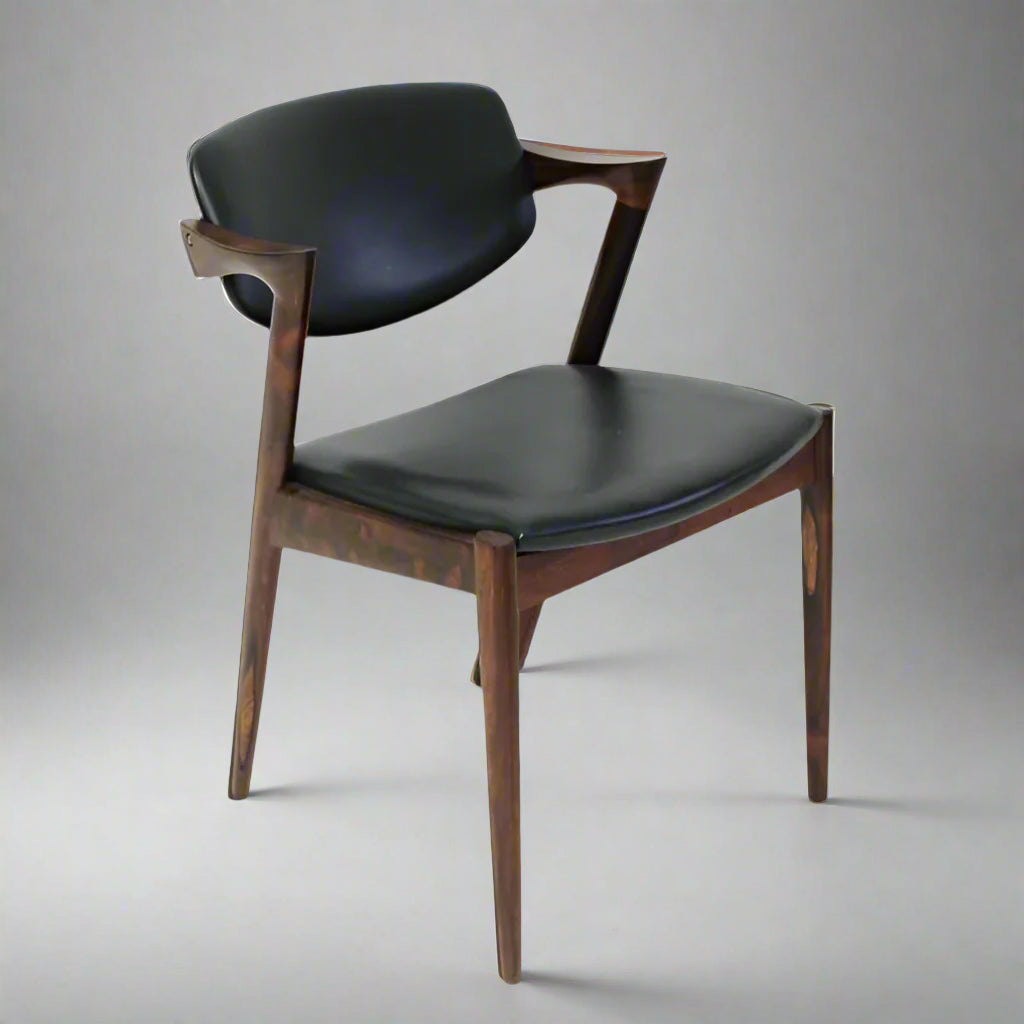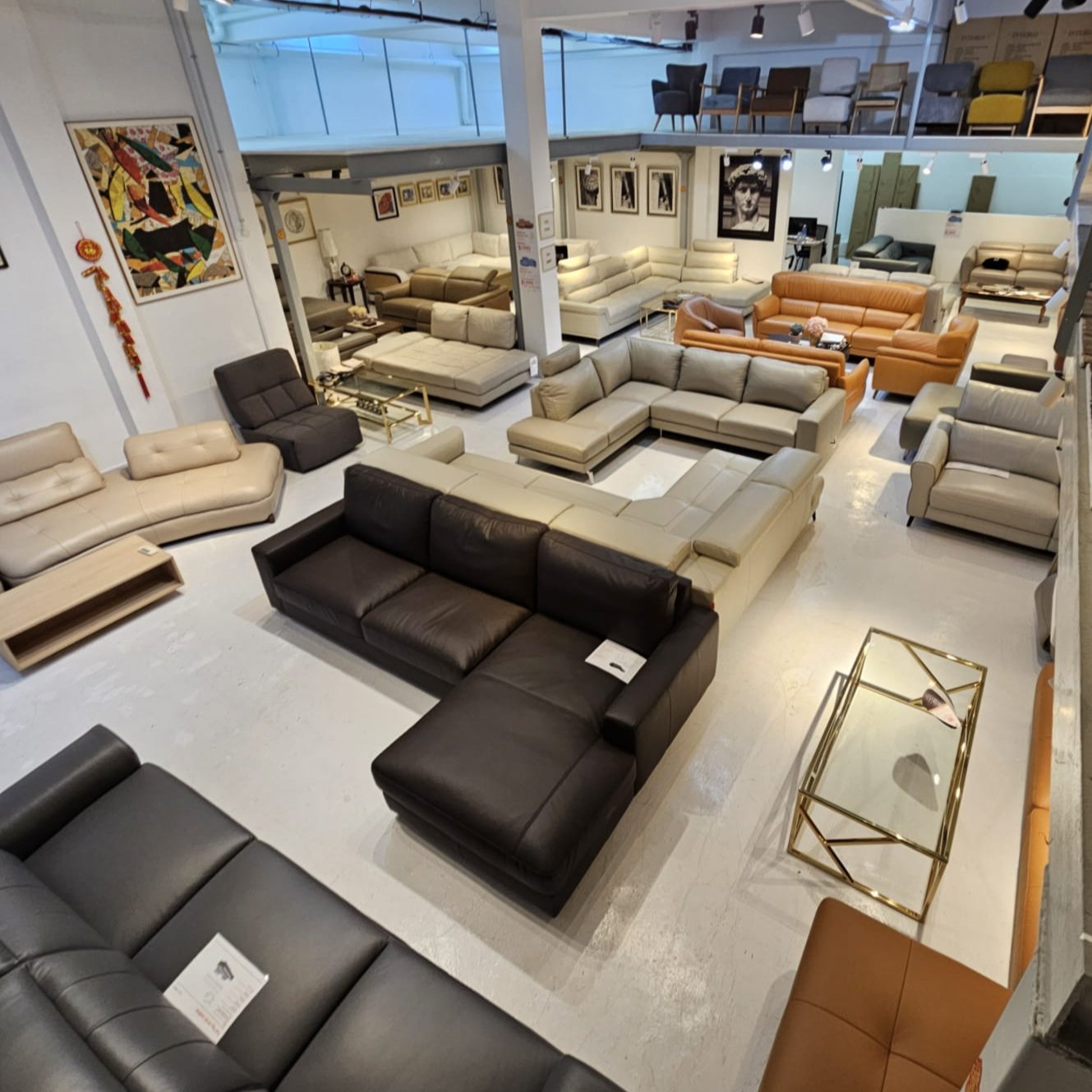Charles-Édouard Jeanneret-Gris, better known as Le Corbusier, was a man of many hats. In addition to being a pioneer of modern architecture, Le Corbusier was also a French architect, designer, writer, urbanist and painter. He was seminal in the advancement of European modernism and a founding father of the International Style which pursued a sophisticated design aesthetic without superfluous embellishments.
Le Corbusier’s foray into furniture began in 1927 when he asked the architect Charlotte Perriand to join his Parisian studio which he had set up with his cousin, Pierre Jeanneret. This was a role reversal from two years previously, when Le Corbusier had turned away Perriand who had wanted to join as a furniture designer with a curt “We don’t embroider cushions here.” Le Corbusier revised that opinion when his cousin showed him the rooftop bar that Perriand had designed for the annual art Salon d’Automne exhibition. His cousin also collaborated with them on designs. Le Corbusier aimed to realise the ideals he had sketched out in his 1925 book L'Art Décoratif d'aujourd'hui (Decorative Art of Today). He prized “beautiful tools”. Le Corbusier thus presented the first line of furniture for his installation, ‘Equipment for the Home’, for the 1929 ‘Salon d’Automne. The designs were the forerunners of modern furniture design.
The minimalist LC1 Sling Chair (1928; Bas Armchair) was originally designed for a villa and has exposed structural elements. The juxtaposition of the leather seat and back with a steel frame combined with the unique banded armrests to make for an aesthetically-pleasing, quintessentially modern, even professional, design that is still in demand now. It is included in New York’s MoMA (Museum of Modern Art)’s permanent collection. The rod attached to the back of the chair’s frame enables the chair to tilt in tandem with the person sitting in the chair, providing continuous support.
The LC4 Chaise Longue (1928; Plica Lounge Chair) is another legendary chair, also featured in MoMA’s permanent collection. This “relaxing machine”, as it is famously dubbed, embodies the clean look of contemporary design and still manages to beckon with its resolute supine curves. The effect is enhanced by the ‘floating’ appearance of the versatile chair above its supports. The frame is adjustable along the base as well, which permits an infinite number of seating positions from upright to full recline.
Le Corbusier's LC7 Swivel Chair (1928; Nellis Swivel Armchair) is an iconic bent tubular steel round chair design, originally designed for the dining room and also included in MoMA’s permanent collection. It has an original tubular arm and back rest as well as a claw-like base. Its revolving back makes it suitable for a variety of uses, including as a side or even executive chair.
Le Corbusier’s rationalist aesthetic is also manifest in his LC2 and LC3 Petit and Grand Comfort Sofas (1928; Grand Comfort Seater Sofas). These possess a carefully-proportioned cube style that still feels relevant today, finished in chrome and black leather. Le Corbusier deconstructed the sofa to an exoskeleton of its base elements: supporting frame and cushions. The sofas have a luxe look about them highly evocative of English club chairs and come in one (armchair), two or three-seater sofa options. They are also part of MoMA’s permanent design collection.
Le Corbusier’s LC6 Table (1929; Kenis Glasstop Table) cuts an imposing figure, with its refined proportions and thick rectangle of Italian glass that almost looks suspended. The base itself is height adjustable.
The stylish LC10 Rectangular Low Table (1928; Accord Coffee Table) also epitomizes the minimalism inherent in International Style. Other than Le Corbusier's cocktail table, there is also the LC10-P for a dining table (Accord Dining Table).
View all of our Le Corbusier-inspired products in our Modern Classics collection















